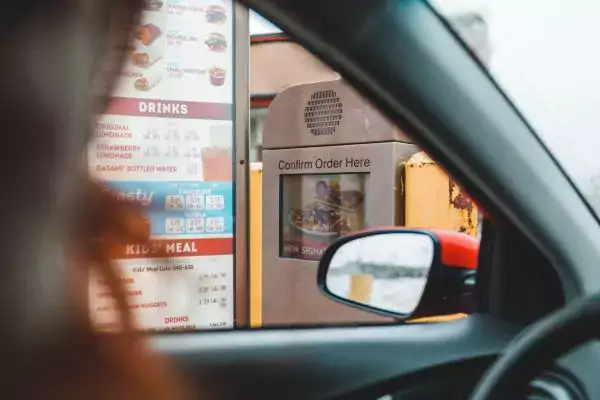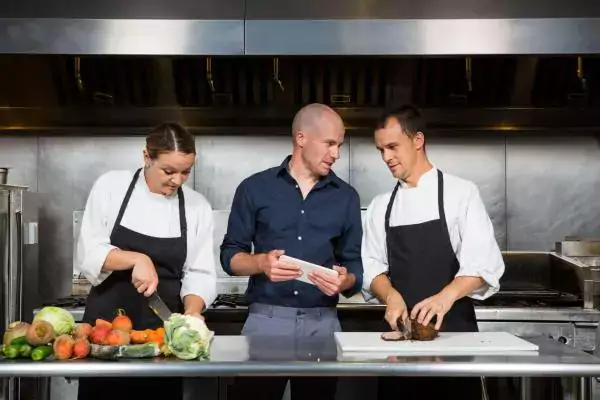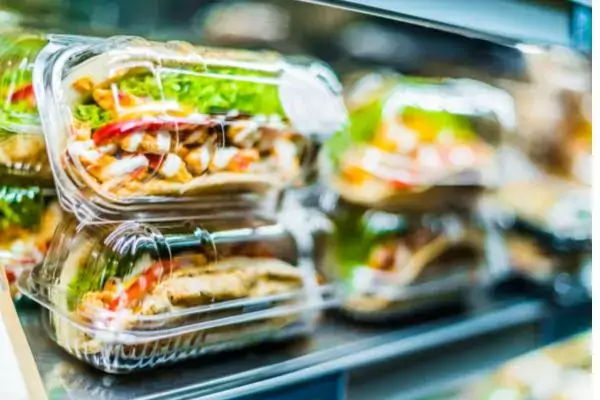If you’ve ever visited New Jersey, you know it’s not uncommon to find five pizzerias in a square-mile-radius, and that’s just in a suburb! It’s truthfully more difficult to find a national pizza chain than a mom-and-pop pizza place.
New Jerseyans, and New Yorkers too, are notoriously judgmental about pizza. They might give a pass to a pizza place that delivered an undercooked pie or short-changed the cheese. Do it twice, and they’ll take their business to one of the other pizzerias down the street.
Maybe you’re a franchisee operating as part of a national or regional chain. You might have the market cornered with limited competition. Still, approach pizza franchise inspection like you’re a mom-and-pop place in New Jersey. Be that meticulous about your franchised operations and execution, and your brand will benefit.
It’s All About Quality
You’ve heard the saying that we “eat with our eyes first.” This certainly applies to pizza, arguably more so than other foods.
Below are the three main elements of conducting a pizza franchise inspection, as well as suggested checklists for each step.
I. Sanitation & Food Preparation
Sanitation Checklist:
- Handwashing is treated like a ritual, sacred practice. (Don’t be the place that gets shut down because handwashing protocols aren’t in place. It does happen!)
- Employees with long hair should be required to tie it back neatly.
- Aprons are washed regularly and replaced after some time due to staining. Utensils to prepare ingredients, including cheese graters and pizza cutters, are washed and sanitized.
- Any cleaning chemicals or agents are properly stored in a back room, away from the food preparation area.
- The floor and bathroom are cleaned regularly.
See also: Conducting a Food Safety Audit: 7 Principles
Food Preparation Checklist:- Dough is properly refrigerated and prepared in advance of busy ordering times.
- Sauce made from canned tomato products and spices that are within their shelf life.
- Cheese, meat and vegetable toppings are freshly prepared and refrigerated.
II. Property and Equipment
- Ovens are properly ventilated and meet safety requirements.
- Ovens are set to the right temperature.
- Ovens are cleaned regularly to prevent smoke hazards and burning smells.
- Utensils to prepare ingredients, including cheese graters and pizza slices, are washed and sanitized.
- Employees are placing and removing pizza from hot ovens or conveyor racks according to safest procedures.
- Pizza boxes are prepared and stored in dry, sanitary conditions.
- Warming areas function properly – no cold pizza!
See also: How to Conduct a Property Inspection
III. Food Quality/Consistency
- Dough is prepared with the right consistency.
- Pizzas are being prepared according to the right size – personal, medium, large, extra-large.
- Artisan, specialty and flatbread pizzas are prepared accordingly with correct ingredients.
- Toppings are evenly distributed on the pizza.
- Crust color, thickness, and texture. (Is it crispy or undercooked?)
- Pizzas are kept warm while waiting to be picked up or delivered.
Of course, delivery could have its own audit for punctuality, safe driving and money handling.
There’s a lot that goes into preparing and delivering America’s favorite food. Get the basics down on food safety, preparation, quality and consistency, and you’ll get your slice of success.
Subscribe to our blog
You are now subscribed!


